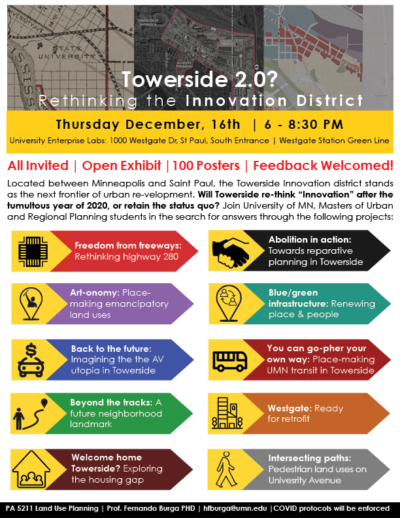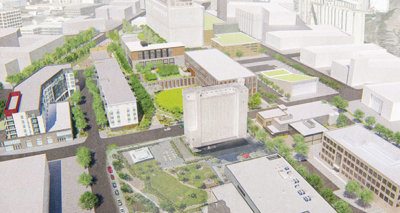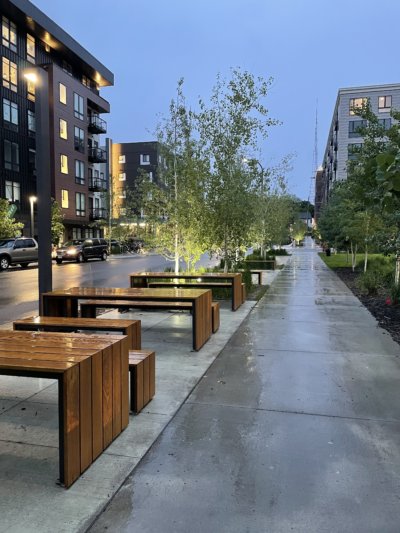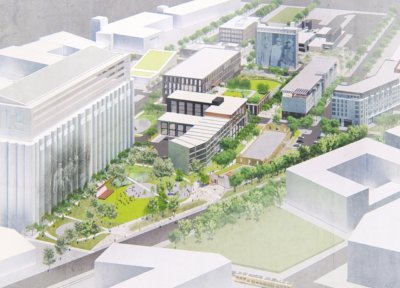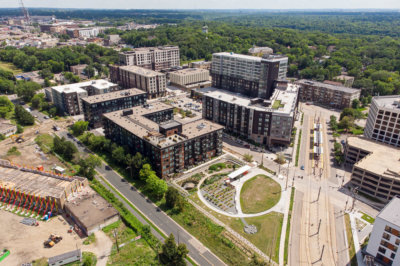Towerside Energy District
October 01, 2021The vision of Towerside Innovation District always included innovation in energy use; sustainability, energy independence, and without the use of fossil fuels.
That groundbreaking sustainability project moved a significant step forward on September 24, 2021 when the Minneapolis City Council approved a loan for the construction of an aquifer thermal energy storage (ATES) system.
While common in Europe, this will be the first ATES system in Minnesota. Ever-Green Energy, an engineering consulting firm and a key player in the project, says Towerside is "envisioned as a living laboratory that fosters resilient urban living." It wasn’t clear until recently that the system would work. Many tests later, ATES is the answer.
The aquifer thermal energy system works by using the aquifer as a “thermal battery. ”ATES is considered a sustainable alternative to conventional heating and cooling systems. Instead of relying on air conditioners or traditional heaters to regulate temperature in buildings, ATES uses underground water wells (a body of underground rock that water can move through easily—this one is known as the Jordan Aquifer) to store heat in the summer that can be used in the winter, and vice versa. Towerside will have the distinction of employing ATES in an area with the coldest climate.
It will work efficiently when covering a large number of apartments and will resist price shocks, which is when energy prices increase dramatically. Use of the ATES aquifer expects to save 550 thousand tons of carbon from entering the atmosphere. "Over the life of the system, it is estimated to save at least $21 million in carbon emissions," the city says.
Content credits to, and full-articles: Bring Me The News, Minnesota Daily


